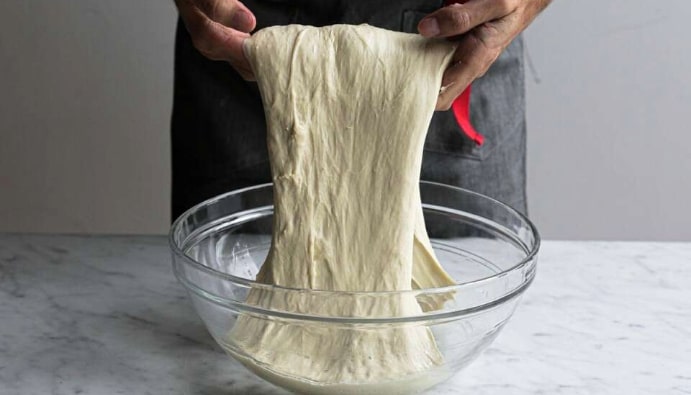
BLOG
KATEGORİDEKİ DİĞER YAZILAR

An extensograph is a device that measures the elasticity and elongation properties of dough. In extensograph analysis, a dough sample is stretched at a certain speed and it is measured how far the dough can stretch and how much resistance it offers. This test is used to assess the elasticity and structural integrity of the dough. The extensograph helps bakery manufacturers in particular to improve quality in the production process by analyzing dough properties.
Extensograph analysis provides important information in the following areas of bakery production:
Extensograph analysis is used in many areas of the food industry. The main application areas are as follows:
Extensograph is used in the production of bakery products such as bread, pizza dough, biscuits and cakes. The elasticity of the dough, its swelling capacity and the structure it will form during baking in the oven can be determined by this test.
To ensure quality control in bakery production, extensograph analysis is frequently used in the production processes of factories. The workability of the dough and its suitability for the machine can be evaluated with this test.
The extensograph is used to optimize dough preparation processes. Production errors can be avoided by analyzing the mixability, elasticity and uniform elongation capacity of the dough.
When developing new bakery products or recipes, extensograph analysis is used to measure the performance of dough and determine which ingredients work best.
Nanolab Laboratories Group continues to provide services within the scope of Extensograph Analysis in Flour. At the same time, we also provide services in the determination of the Falling Number in Flour.
Contact us for more information.
You can follow us on LinkedIn for up-to-date news and posts about our services.
Follow our Instagram account to be informed about our latest blog posts.